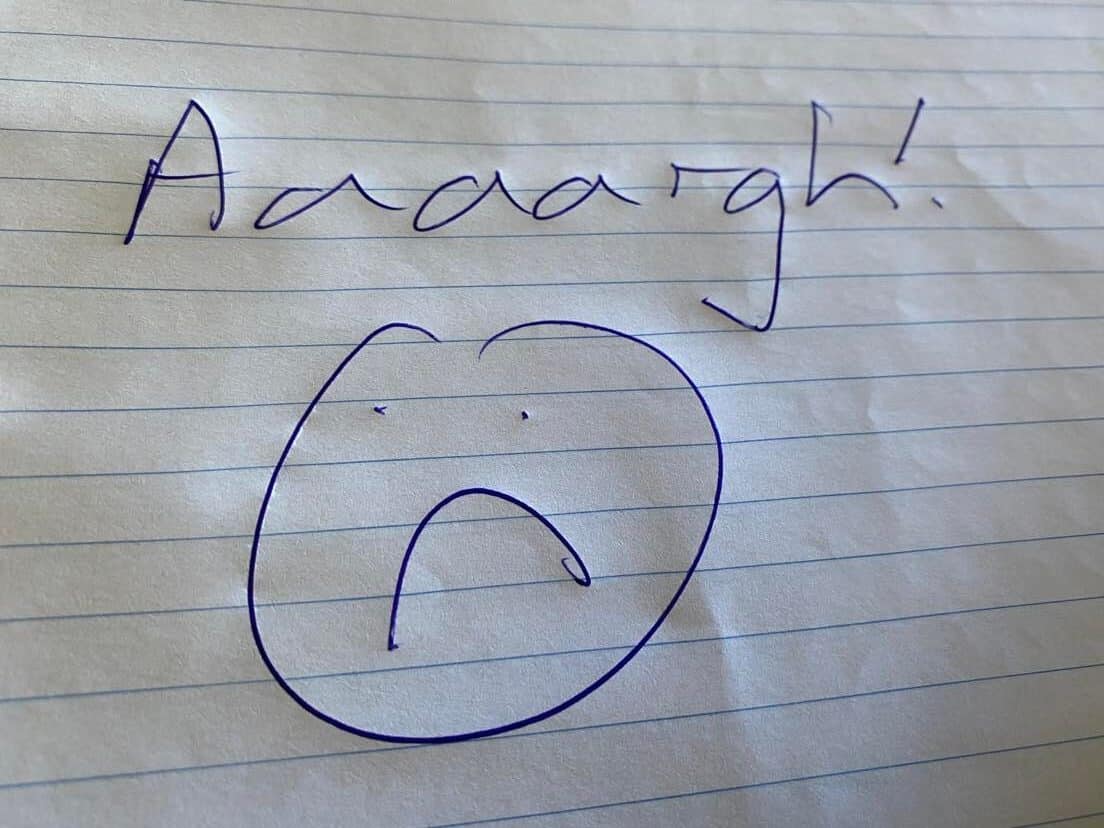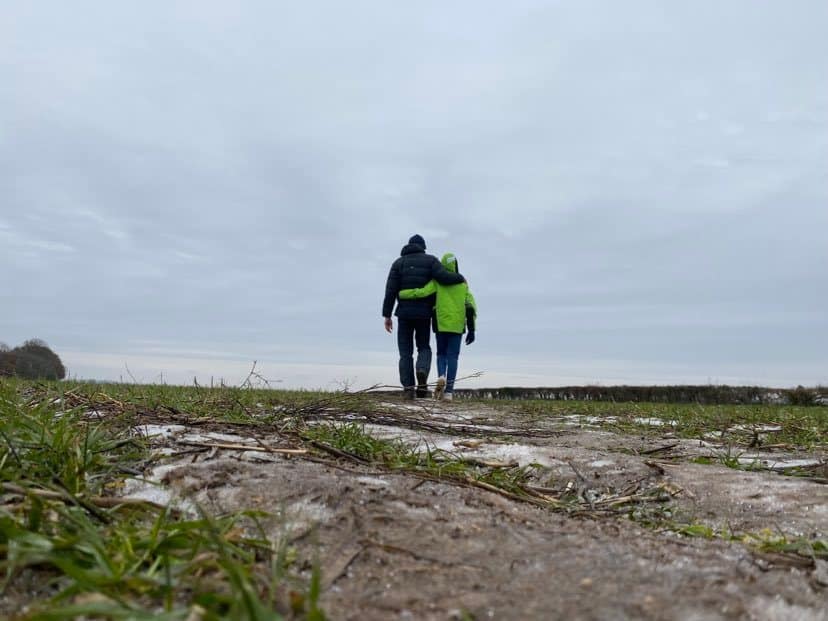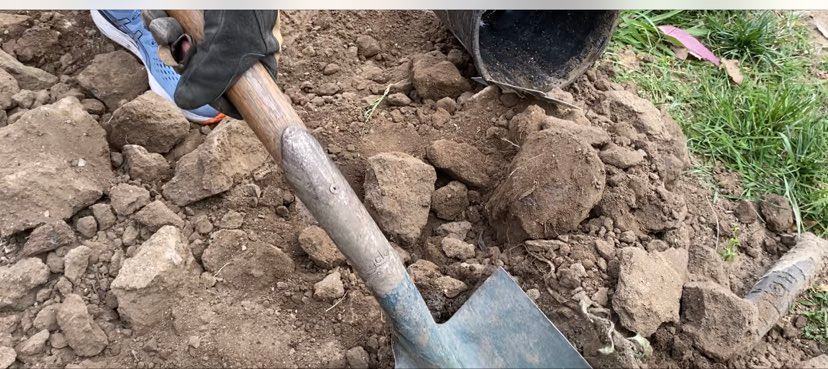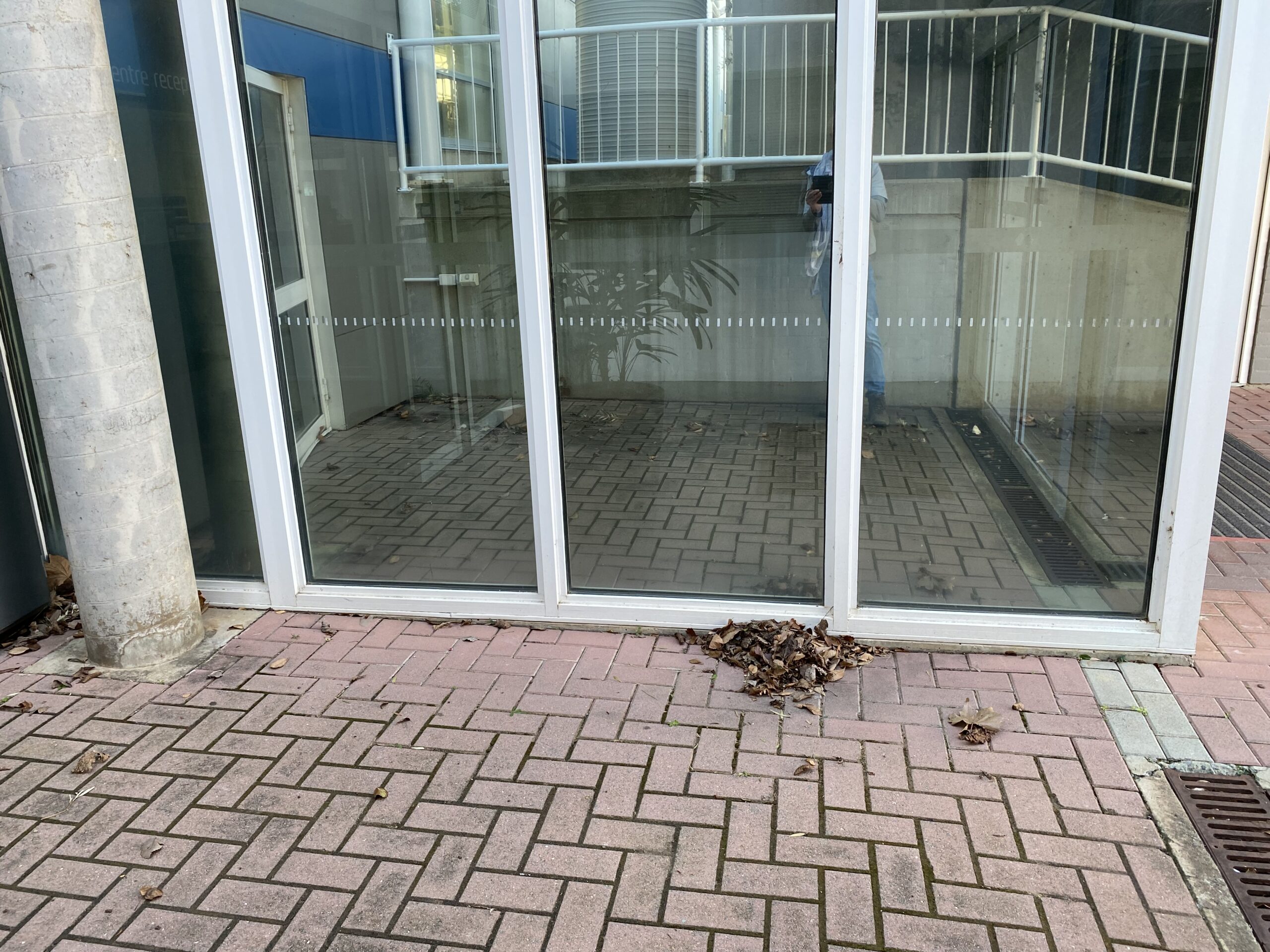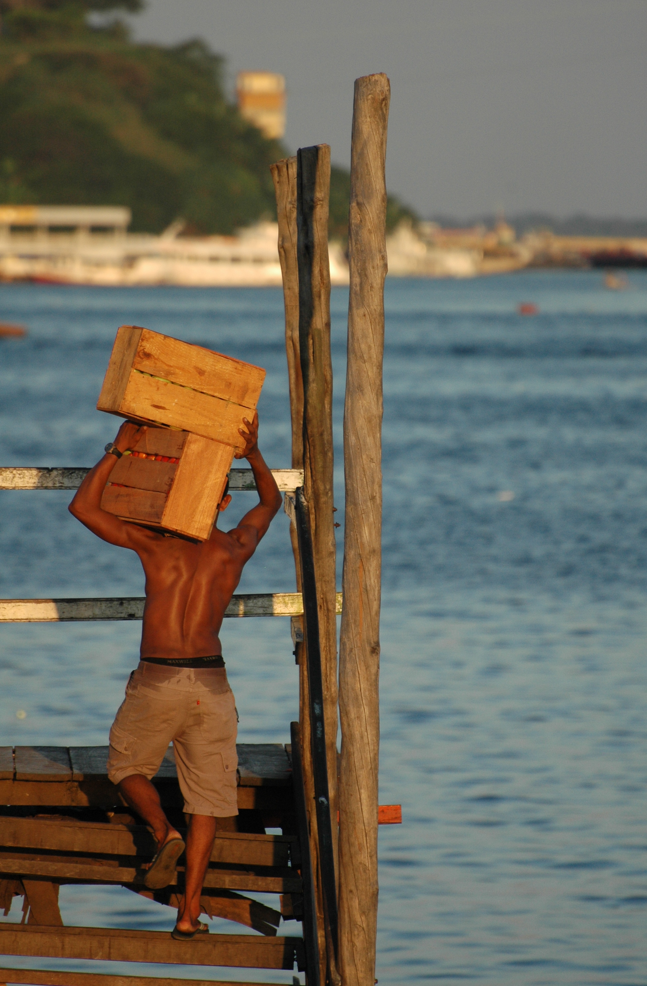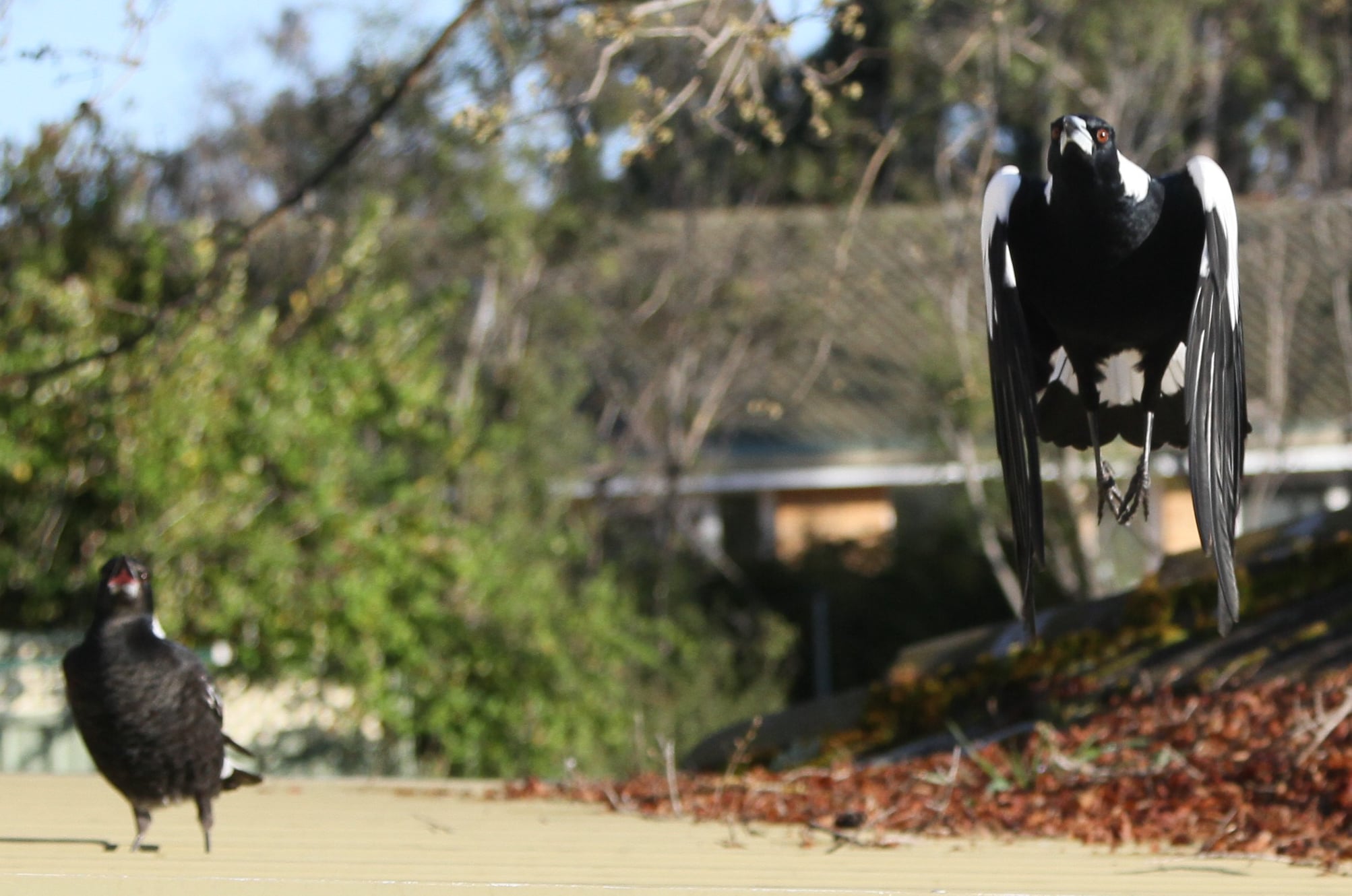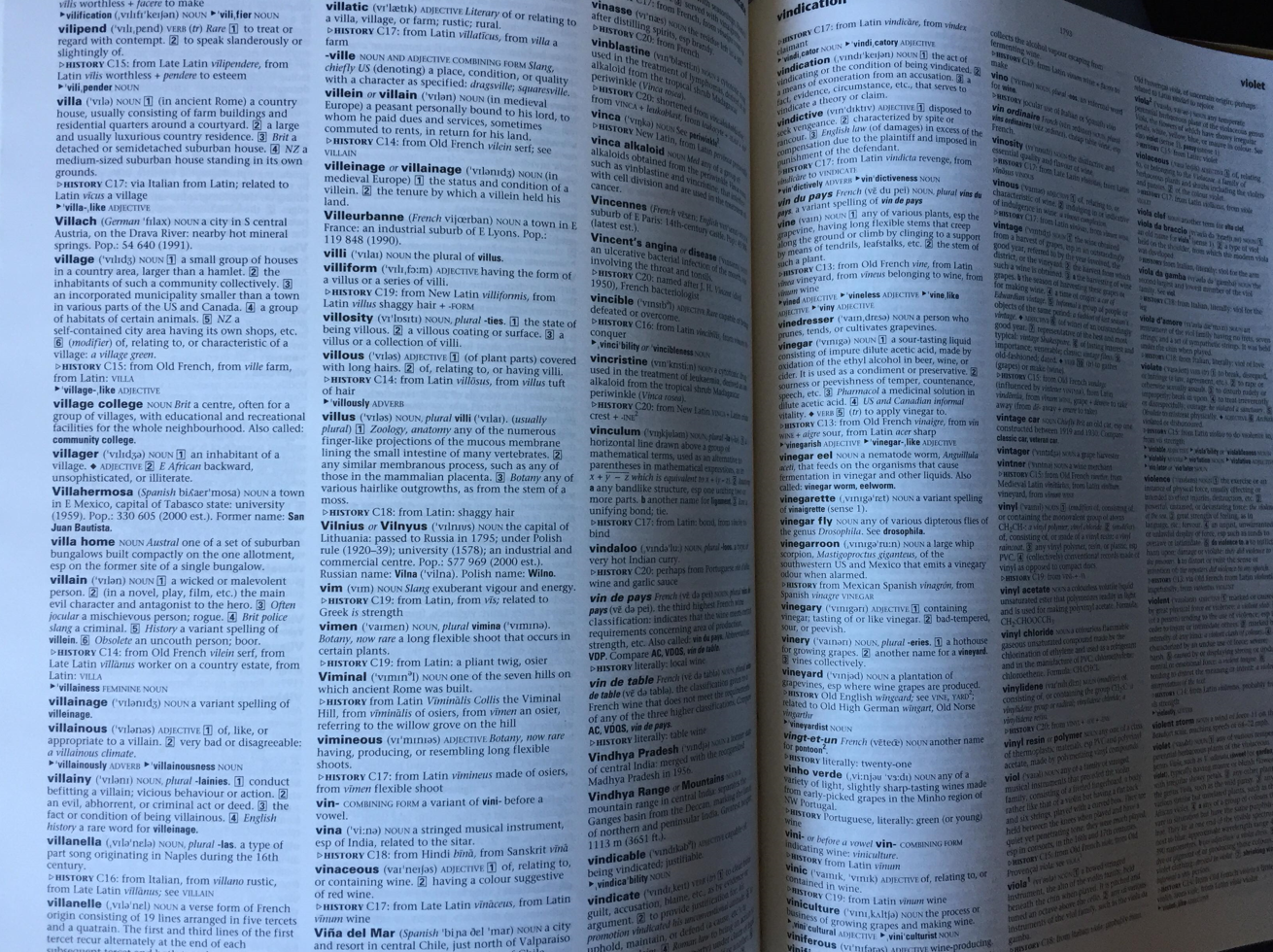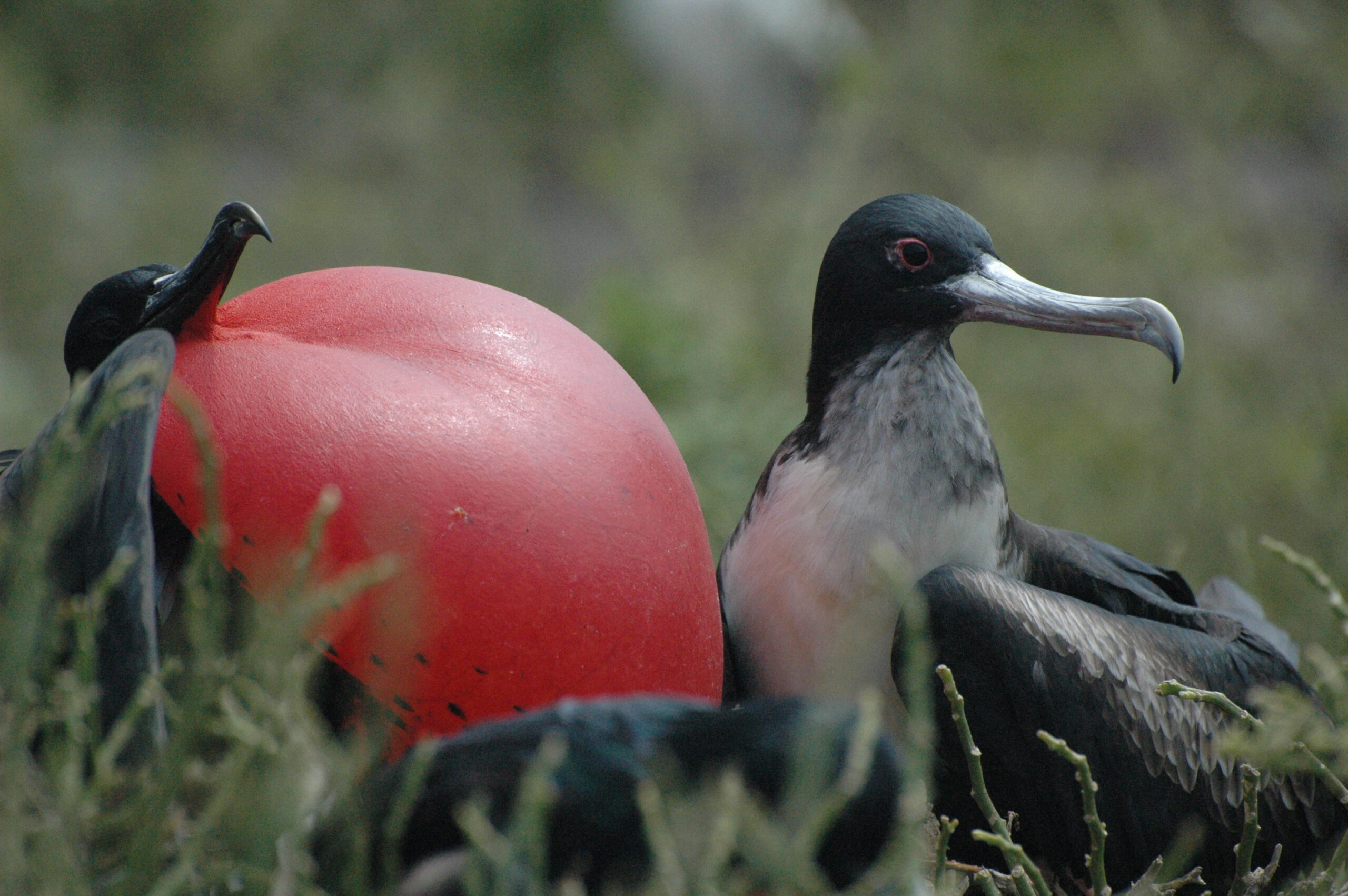Some of the most frequent comments (and frequently asked questions) that Crack-A-Story gets from secondary school students are these sources of much torment: ‘I don’t know what to write about’…’I’ve got nothing to write about…’ ‘What do I write about?’ …
Yes, we rattle on about senses quite a bit at Crack-A-Story. However, we do so for a reason: they are critically important with helping us connect with, and understand our world. That connection and understanding can in turn help us …
Alright, do you have your boots on? Let’s go foot-slogging, which is the second basic part of non-fiction research. Remember, we have already discussed word and number mining. In contrast, foot-slogging is when you (the storyteller) break free of the chains …
Writing non-fiction is a specific craft. Regardless of whether you are writing your own memoir, a biography, a ghosted work, a crime account, a newspaper report, a story for the school’s online magazine, or anything else that falls into the …
To begin this exercise, please have a look at the photo of the leaves, and read the following: She worked hard to sweep the leaves into their spot. Then she took a breath before she began again. Sweeping, sweeping, always …
Adjectives (descriptive words) can lift your writing and speaking by taking your audience (reader, listener, viewer) deep into your story. Adjectives can paint pictures for the audience, but beware: adjectives can also clutter or confuse the audience. So, try to …
When we write, it’s common for some of us to use long-winded or fancy words. But, why do we do that? Is it to impress our readers, teachers, or exam markers? Sometimes the long-winded words can be effective, but they …
A ‘caption’ is a title or a very brief description that can help tell the story of a picture. Captions can be funny, serious, poignant, political and more. In this exercise, we encourage you to be funny (although you don’t …
The ‘everyday’ things we so often take for granted can add great meaning and context to our storytelling. Have a look at this clip, then think about how you could incorporate the identified feature into a story or two. This …

